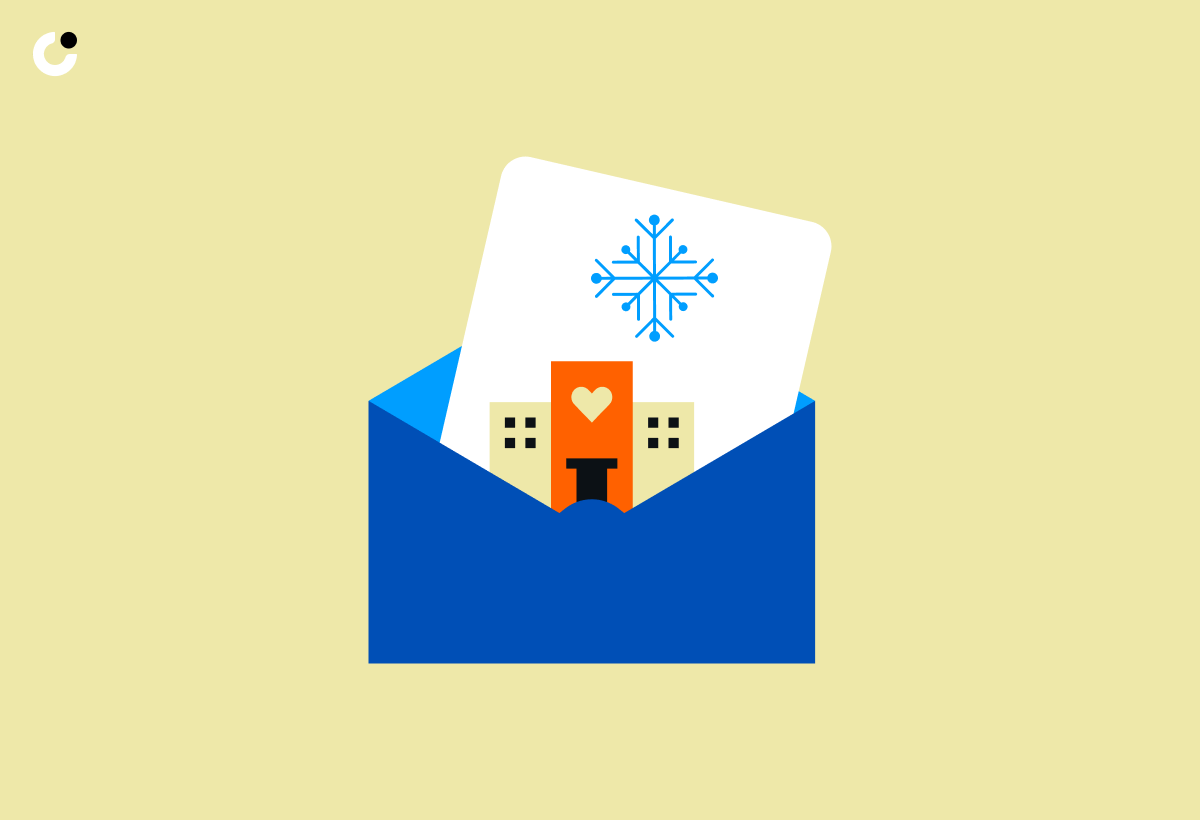Are you a nonprofit looking to expand your donor base and raise funds for your cause? Look no further! Cold email fundraising is an incredibly cost-effective way to reach new donors and generate the support your organization needs to make a difference. In this blog post, we’ll guide you through the secrets of crafting effective nonprofit cold email template strategies, share sample templates for various scenarios, and reveal the best practices to ensure your cold email campaigns are a success.
Key Takeaways
- Make a powerful impact with the ultimate nonprofit cold email template
- Personalize your message to create trust and craft compelling value propositions for maximum engagement
- Optimize your campaigns by understanding target audiences, setting clear goals & testing through A/B experiments
The Power of Cold Emailing for Nonprofits

Cold emailing can be a powerful tool for nonprofits to expand their donor base and raise funds for their cause. A well-crafted cold email can open doors, reach potential donors who may not be familiar with more traditional methods of support, and even create opportunities for partnerships, volunteers, or advocates for your cause. However, your cold email should command attention in the recipient’s inbox and circumvent common mistakes like targeting popular donors who are unlikely to be responsive.
Personalization plays a key role in cold emailing, as it can significantly enhance the average response rate. By addressing the recipient by name, researching their values, and tailoring your message accordingly, you can create a connection and build trust, increasing the chances of a positive response and engagement with your email. Sending cold emails on a personal level, rather than as an organization, can also be more effective. For example, using the email address of your organization’s founder can lend authenticity and a human touch to your outreach.
Visuals and stories can make a nonprofit’s cold email even more powerful by making the request more persuasive and stirring emotion. They bring the cause to life and allow potential donors to make an emotional connection, improving the chances of their backing. Charity: Water is an excellent example of a nonprofit that effectively utilizes the principles of cold email fundraising, showcasing their expertise in writing cold emails that resonate with potential donors.
Crafting an Effective Nonprofit Cold Email Template

Crafting an effective nonprofit cold email requires:
- Personalizing the message
- Crafting a compelling value proposition
- Writing captivating subject lines
- Integrating persuasive calls-to-action
The next few parts will delve into each of these aspects and offer guidelines on crafting a cold email that stands out and resonates with potential donors.
Personalizing Your Message

Making a cold email to a non-profit organization more personal can be done in several ways:
- Research the recipient and tailor the message to their needs and interests.
- Utilize personalization tags to insert relevant information.
- Create an interesting intro to capture attention.
- Showcase your relevant experience to build credibility.
By doing so, you can foster a connection with the recipient and make them feel valued and acknowledged.
Addressing the recipient by name in a nonprofit cold email can make a big difference by adding a personal touch and demonstrating that you have taken the time to research and understand the recipient. This helps to create a connection and build trust, increasing the chances of getting a positive response and engagement with your email.
Creating a Strong Value Proposition

Effectively communicating your nonprofit’s unique value proposition is key to enhancing the persuasiveness and impact of your cold email. By emphasizing the impact of a potential donation or partnership, such as:
- “Your donation of $50 can provide a week’s worth of meals for a family in need”
- “Your partnership can help us reach our goal of providing clean water to 1,000 people”
- “Your support can help us rescue and rehabilitate endangered wildlife”
By addressing the pain point of your audience, you can effectively convey the importance of your cause and encourage recipients to take action.
Nonprofits can powerfully demonstrate the impact of donations in cold emails by providing vivid examples, compelling statistics, or inspiring stories. These elements bring your cause to life and allow potential donors to make an emotional connection, improving the chances of their backing.
Writing Engaging Subject Lines

Captivating subject lines are vital for cold email success, as they create the first impression and can considerably increase open rates. Avoid false promises and clickbait tactics, and instead focus on creating curiosity and interest. Crafting an effective subject line can be achieved by being concise yet impactful, indicating the purpose of the email, and personalizing the subject line with the recipient’s name or a relevant detail.
When writing subject lines, it’s important to:
- Steer clear of misleading promises and clickbait tactics
- Focus on sparking curiosity and interest in the recipient
- Make them eager to open your email and learn more about your cause
Including Compelling Calls-to-Action

Incorporating concise and persuasive calls-to-action in your cold email prompts recipients to undertake the desired action, like donating or participating in an event. Make sure your call-to-action stands out and is easy for the reader to understand and act upon.
A call-to-action can be incredibly effective when it includes a clear and concise request for the reader to take a specific action, such as donating to the project or attending an event. Additionally, make sure to include contact information, such as an email address or phone number, so that the reader can easily reach out for a quick call or a brief call for more information.
Sample Nonprofit Cold Email Templates
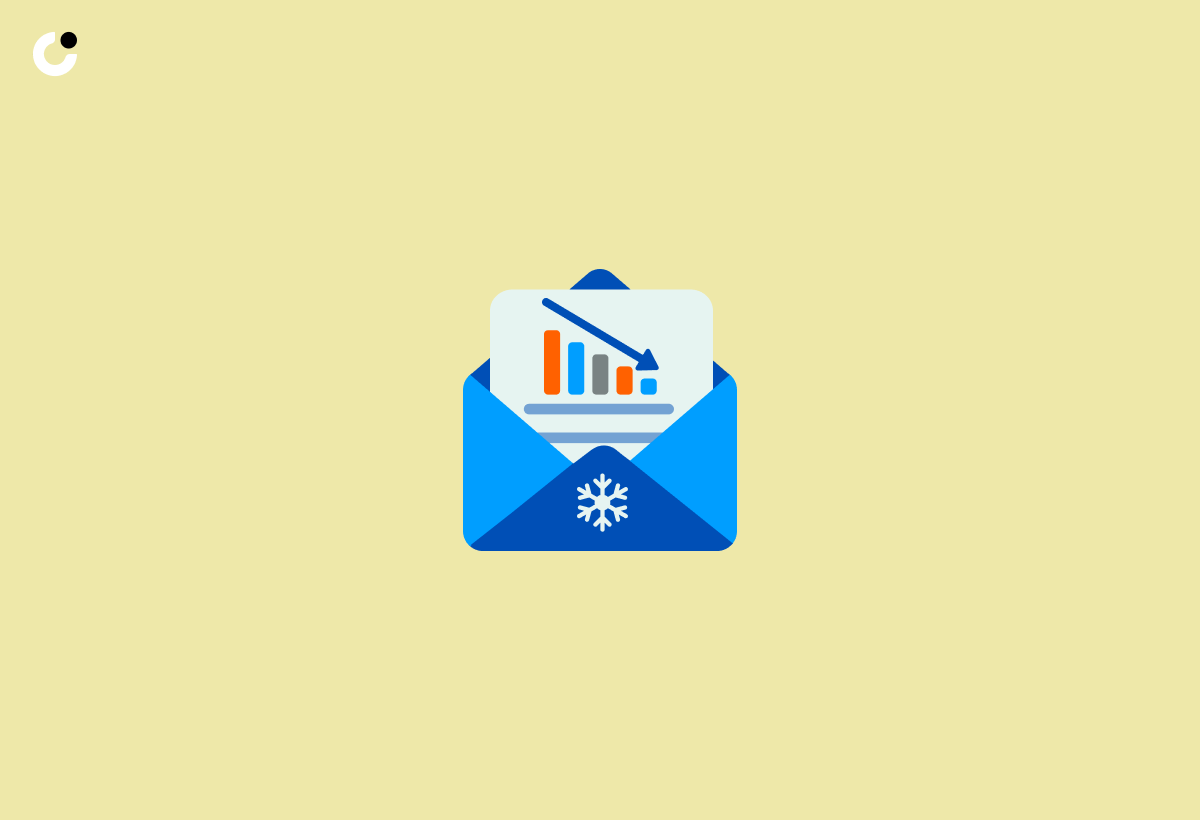
This section provides sample nonprofit cold email templates, including a cold sales email template, for a variety of scenarios such as soliciting donations for a specific project, extending invitations to potential donors for a fundraising event, and initiating partnership opportunities. These templates can be easily adapted to your organization’s needs and are designed to help you maximize the impact of your cold email fundraising efforts.
Template 1: Seeking Donations for a Specific Project
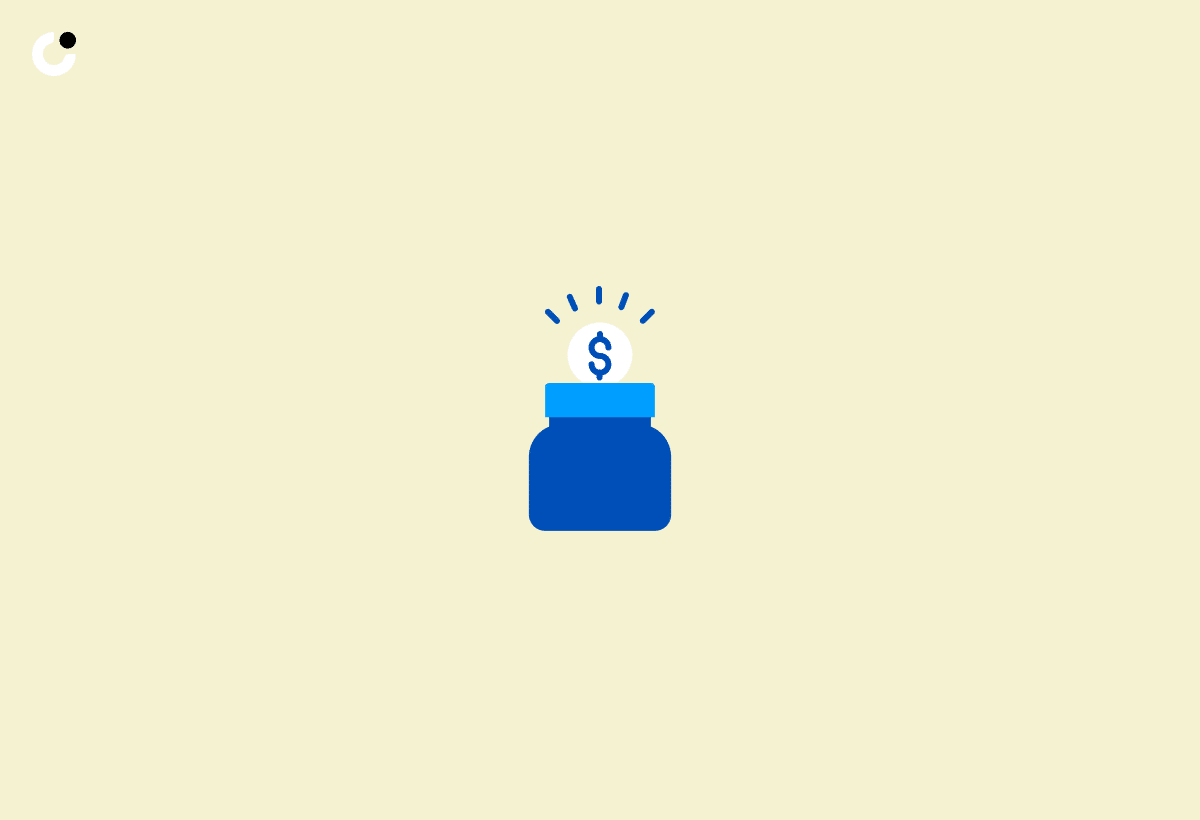
Template 1 provides an example of a cold email seeking donations for a specific project, highlighting the impact of the project and the importance of the donor’s support. To make your cold email more effective, be sure to personalize it, introduce yourself and the project, explain the impact of the project, make a specific ask, include a call-to-action, provide your contact information, and express gratitude.
An effective subject line for this template could be “Help us transform lives with [Project Name]” or “Join us in making a difference with [Project Name]”. Use this template as a starting point and customize it to fit your organization’s specific project and goals.
Template 2: Inviting Potential Donors to a Fundraising Event
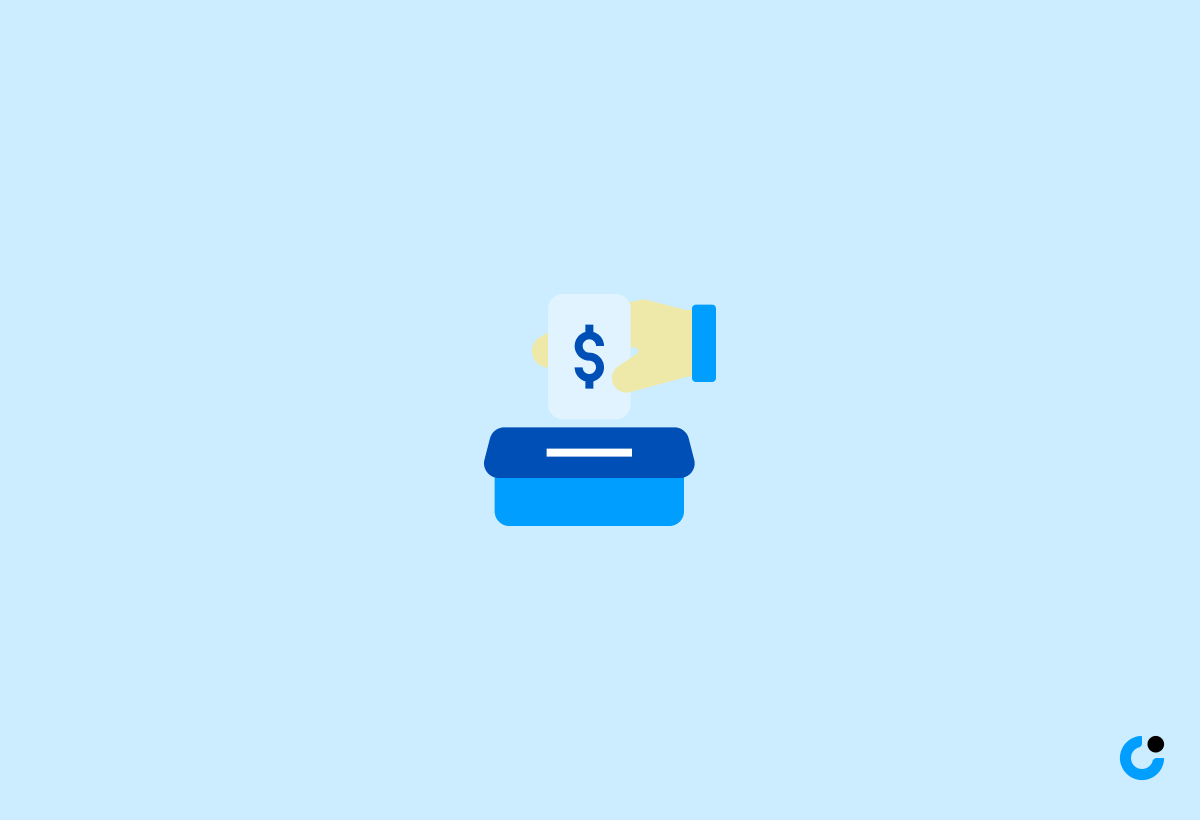
Template 2 demonstrates how to invite potential donors to a fundraising event, emphasizing the event’s purpose and the difference their attendance can make. In this template, you can include exciting details about the event, such as the date, venue, and time, and use language that motivates attendees and highlights the importance of their involvement.
A subject line for this template could be “You’re invited to [Event Name]: Help us support [Cause]” or “Join us for a night of inspiration at [Event Name]”. Remember to personalize the email and provide a clear call-to-action, such as registering for the event or purchasing tickets.
Template 3: Establishing Partnership Opportunities

Template 3 showcases a cold email aimed at establishing partnership opportunities with other organizations or businesses, focusing on shared values and potential benefits for both sales teams. In this template, you can emphasize the compatibility of the brands and cultures, set up a shared context and common ground, and display the values that both parties hold.
A possible subject line for this template could be “Partnering for impact: [Your organization] and [prospect’s company]” or “Creating a brighter future together with [prospect’s company]”. Make sure to provide a concise yet compelling overview of the partnership proposal, the potential advantages of the partnership, and relevant contact information.
Best Practices for Nonprofit Cold Email Campaigns
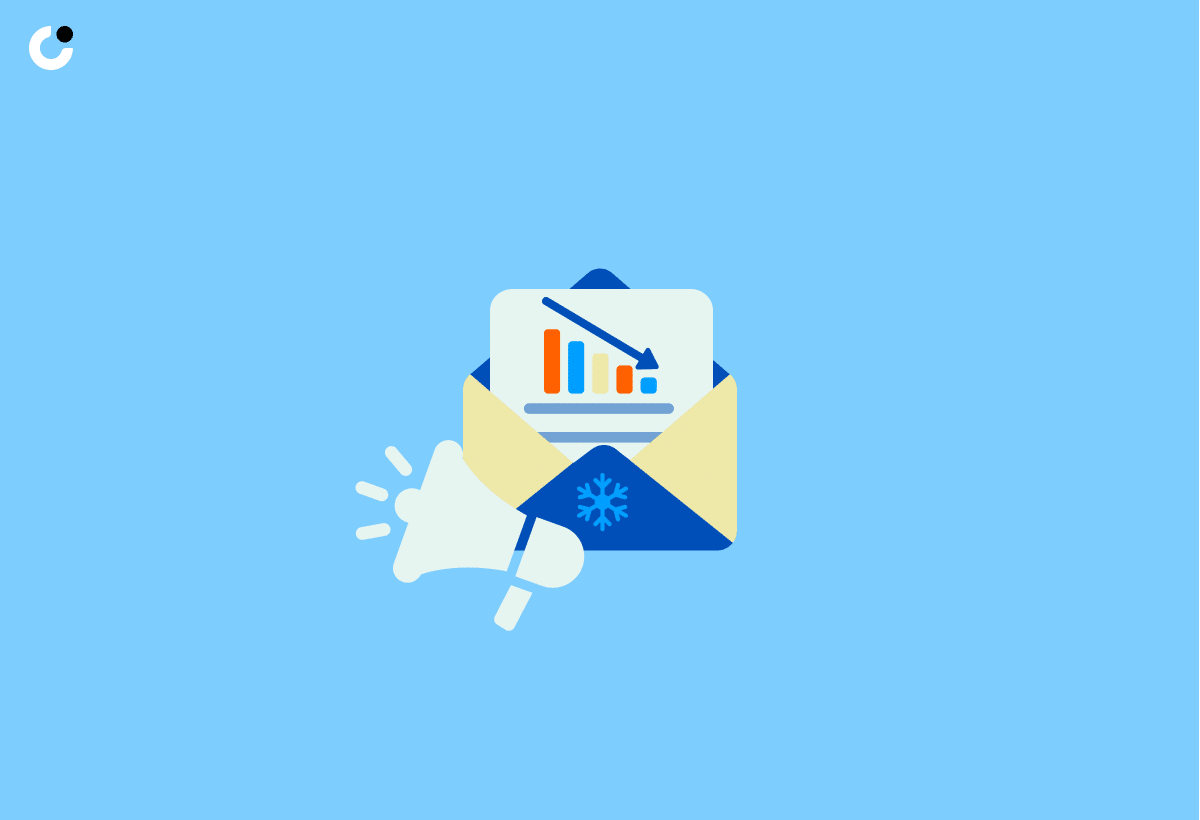
Adhering to best practices is necessary to guarantee the success of your cold email campaigns. First, understand your target audience and create an outreach strategy that effectively captures their attention. This includes researching potential donors, understanding their values, and tailoring your message accordingly.
Next, set clear goals for your cold email campaign, such as raising a specific amount of funds or attracting a certain number of new donors. Optimize your email length and format by keeping the message concise, usually between 50 and 125 words, and using clear paragraphs, bullet points, subheadings, and bold or italic fonts to emphasize key points.
Lastly, don’t forget the power of follow-up emails and A/B testing. Sending a series of 2-3 follow-up emails at appropriate intervals can help maximize the impact of your emails. A/B testing, on the other hand, can provide invaluable insights into what resonates most with your audience, allowing you to tailor future emails for maximum impact and boosting open and conversion rates.
Overcoming Common Cold Email Challenges
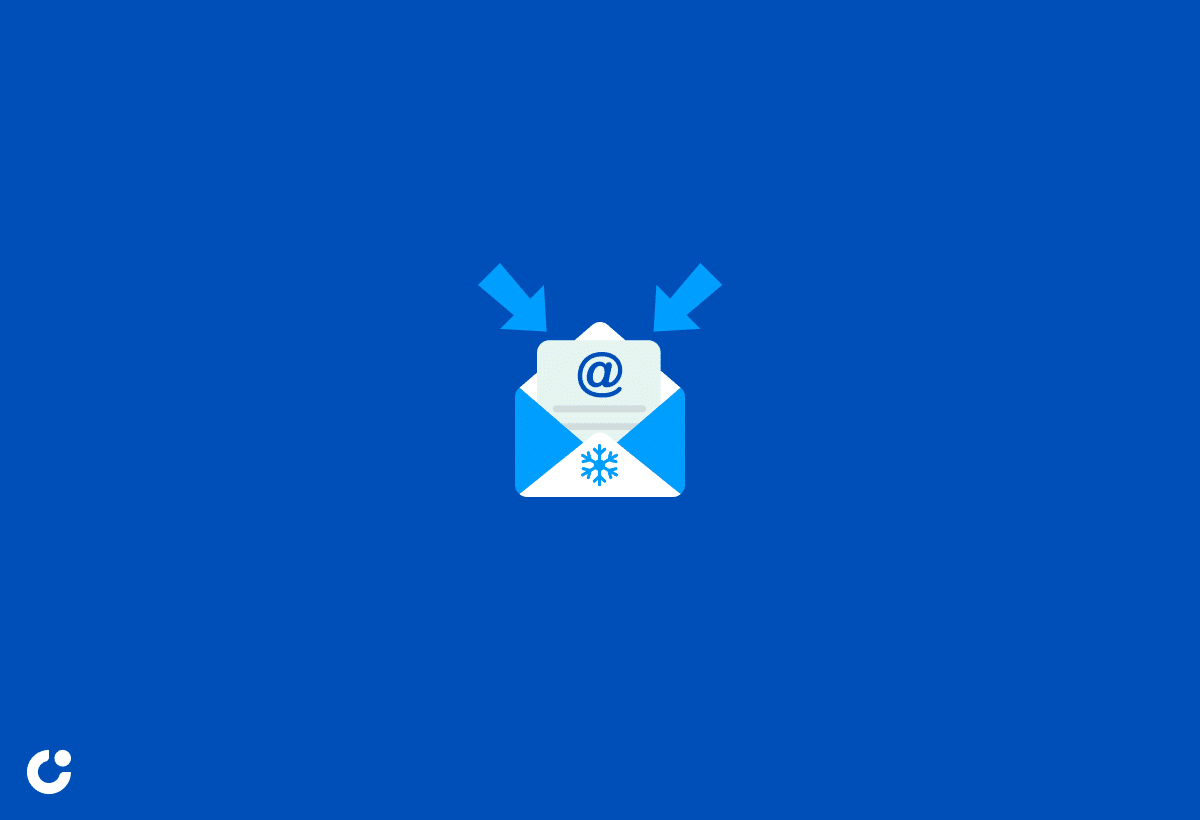
Fundraising through cold email has its own challenges, but adopting the appropriate cold email outreach strategy can help you surmount these hurdles and optimize your success. One common challenge is dealing with rejection or no response from potential donors. Use this feedback as an opportunity to grow and evolve, and continually strive to improve your cold email strategy.
Another challenge is ensuring that your emails don’t end up in the spam folder. Here are some tips to help:
- Personalize your emails
- Avoid using all caps or too many exclamation marks in your subject line or body text
- Make sure your emails comply with the CAN-SPAM Act
Lastly, focus on building relationships beyond the first cold email to foster long-term connections with potential donors. This involves nurturing potential donors over time, providing updates on your organization’s progress, and sharing stories of the impact their support can make.
Summary
In conclusion, cold email fundraising is a cost-effective and powerful tool for nonprofits to reach new donors and generate much-needed funds for their cause. By crafting personalized, compelling emails with engaging subject lines and clear calls-to-action, you can maximize the impact of your cold email campaigns. Don’t forget to follow best practices, overcome common challenges, and utilize sample templates as a starting point for your own outreach efforts. With the right strategy in place, your nonprofit can thrive and make a lasting difference in the lives of those it serves.
Frequently Asked Questions
What are the benefits of cold emailing for nonprofits?
Cold emailing offers nonprofits a cost-effective way to reach new donors, generate funds, and create opportunities for partnerships, volunteers, or advocates.
How can personalization improve cold email response rates?
Personalization builds trust and connection with recipients, making them feel valued and acknowledged, which can significantly improve cold email response rates.
What are some best practices for nonprofit cold email campaigns?
To maximize success with cold email campaigns, focus on understanding your audience, setting achievable goals, optimizing the length and format of emails, and using follow-up emails and A/B testing.
How can I ensure my cold emails don't end up in spam folders?
Personalize your emails, keep the subject line professional and clear, avoid overusing punctuation or all caps, and make sure you are following the CAN-SPAM Act regulations to ensure your emails don't end up in spam folders.
How can I build long-term relationships with potential donors through cold email campaigns?
Stay in touch with potential donors through regular updates on progress and stories of impact their support can create. Reach out often to build a long-term relationship and motivate them to donate.

